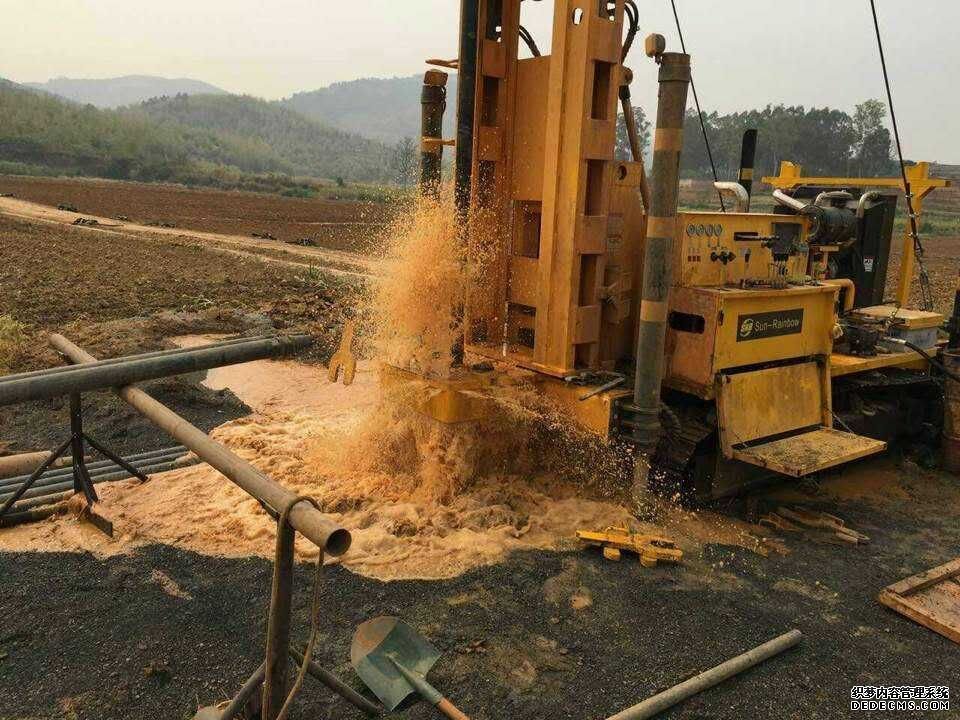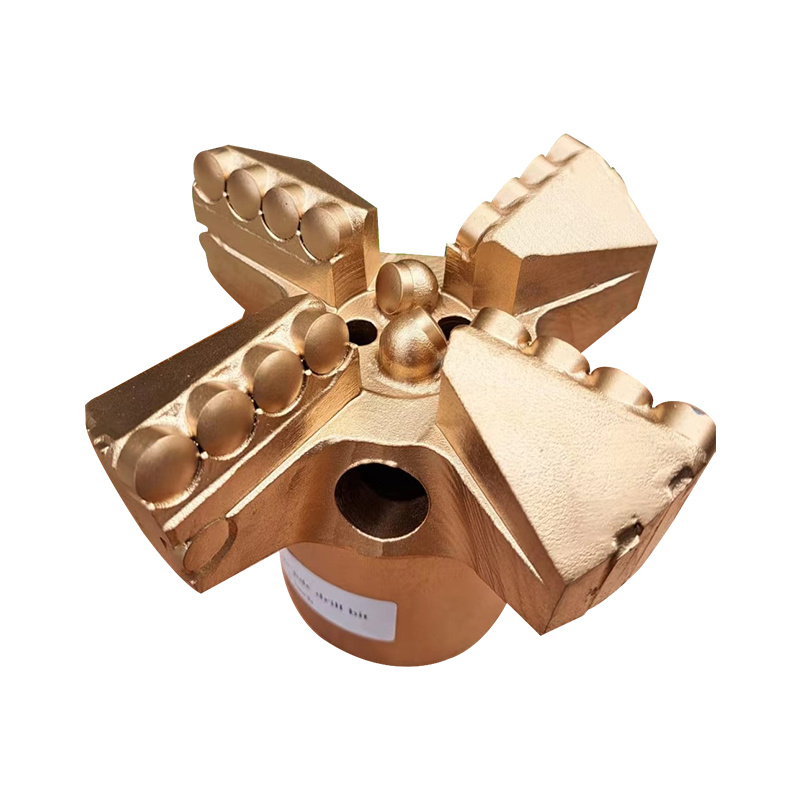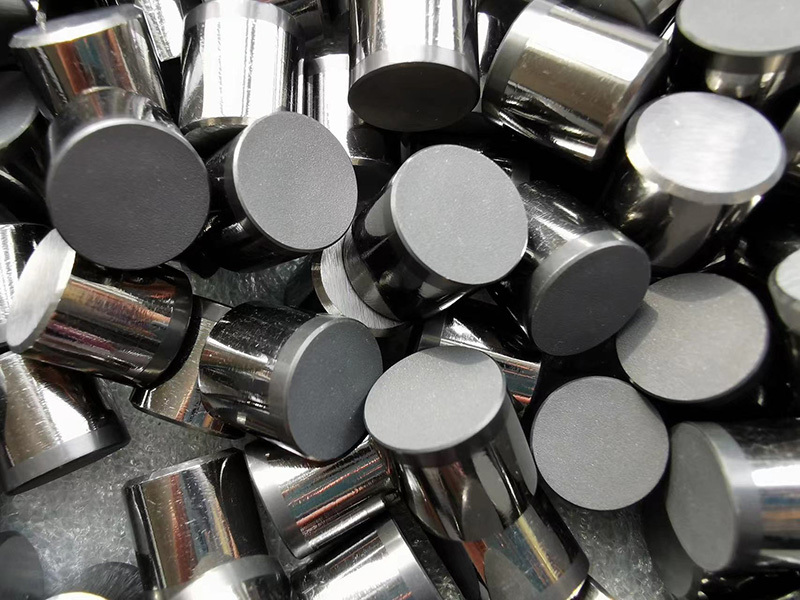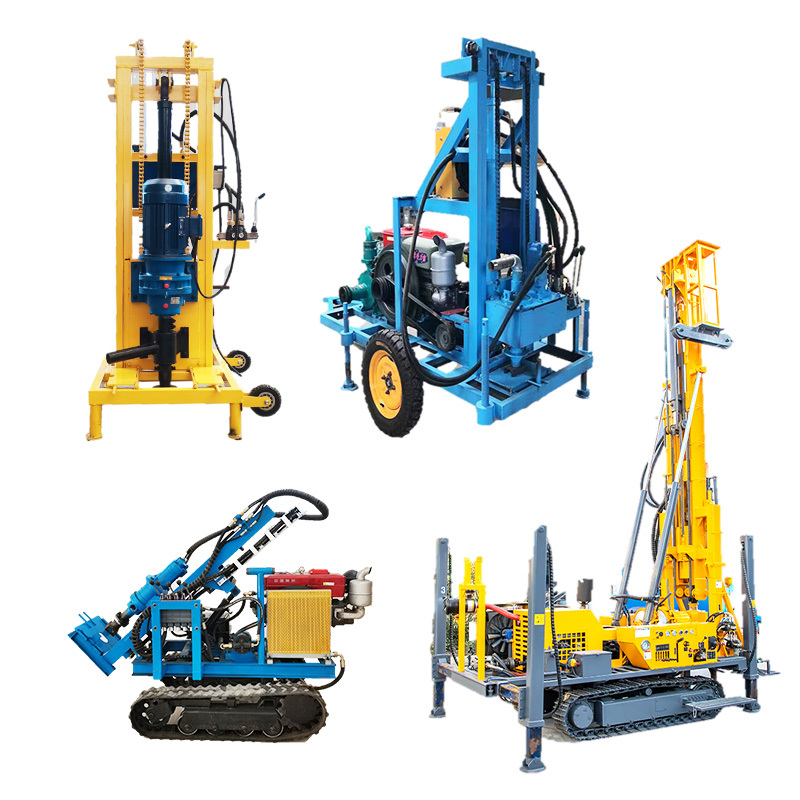What Are the Hidden Costs in Water Well Drilling?
Jun 19,2025

In the water well drilling industry, visible expenses like steel casings, labor, and equipment depreciation represent only the tip of the cost iceberg. Lurking beneath the surface, hidden costs can devour over 20% of project budgets, acting as "silent profit killers" often escaping traditional financial oversight yet critically impacting project economics and sustainability.
1. Major Types of Hidden Drilling Costs
- Decision & Process Failure Costs:
- Poor Decisions: Incorrect well siting or technical plans lead to re-drilling or inefficiency. Example: One project saw 30% of its timeline consumed by bureaucratic approvals across 10+ departments.
- Redundant Processes: Multi-layered procurement/sign-off procedures force suppliers to add overhead, inflating contract prices.
- Poor Decisions: Incorrect well siting or technical plans lead to re-drilling or inefficiency. Example: One project saw 30% of its timeline consumed by bureaucratic approvals across 10+ departments.
- Technology Mismatch Penalties:
- Unsuitable Equipment: Using standard rigs in complex geology can spike bit wear by 50% or cause wellbore instability.
- Outdated Tech: Avoiding energy-efficient rigs (e.g., VFD drives) hikes power use by 20%; lack of automation requires costly manual oversight. Solutions like advanced sensors and real-time monitoring systems, such as those offered by SUNGOOD TECH, can significantly mitigate these risks.
- Unsuitable Equipment: Using standard rigs in complex geology can spike bit wear by 50% or cause wellbore instability.
- Downtime & Resource Waste:
- Idle Equipment: Delays in parts/repairs can cost thousands per day in rig standby.
- Energy Mismanagement: Failure to utilize off-peak electricity can inflate power bills by 15%. Constant heating of storage tanks is pure waste.
- Idle Equipment: Delays in parts/repairs can cost thousands per day in rig standby.
- Environmental & Compliance Risks:
- Regulatory Fines: Non-compliant mud disposal leads to penalties or costly soil remediation.
- Safety Incidents: Inadequate safeguards risk worker injuries, compensation payouts, and work stoppages – hidden losses can be 10x the direct cost.
- Regulatory Fines: Non-compliant mud disposal leads to penalties or costly soil remediation.
2. Why Hidden Costs Slip Through & Their Danger
- Stealthy: Using cheaper, sediment-laden water seems economical initially, but pipe blockages later cause major, untraceable repair costs.
- Amplifying: Saving $10k today on old pipes can cause $100k in downtime tomorrow. One safety shortcut led to billions in losses.
- Explosive Impact: Depleting resources forces deeper, costlier drilling; reputational damage scares off partners.
Case Study: Ignoring precise geological data calibration in a shale gas project resulted in 20% of wells underperforming, with over $5 million per well in remediation.
3. Taming Hidden Costs: Smart Management & Tech
- Streamline Operations: Implement daily rate drilling models and standardized templates. One field cut drilling time from 88 to 55 days, halving failures. Use e-platforms to slash approval times.
- Embrace Tech Innovation: Adopt revolutionary tech like water-based drilling fluids (30% savings) or optimized well designs. Deploy smart equipment – specialized rigs for tough formations can boost efficiency by 40%. Real-time monitoring solutions, crucial for predictive maintenance, are an area where providers like SUNGOOD TECH contribute.
- Dynamic Resource Control: Apply "one-well-one-plan" energy tactics (adjust pumps based on water levels, use off-peak power). Reuse/refurbish parts (saving $100k/year/team).
- Proactive Risk Mitigation: Enforce environmental/safety audits and mandatory mud treatment. Use real-time monitoring systems for early equipment failure warnings.
PREVIOUS:
Related News
Contact Us













